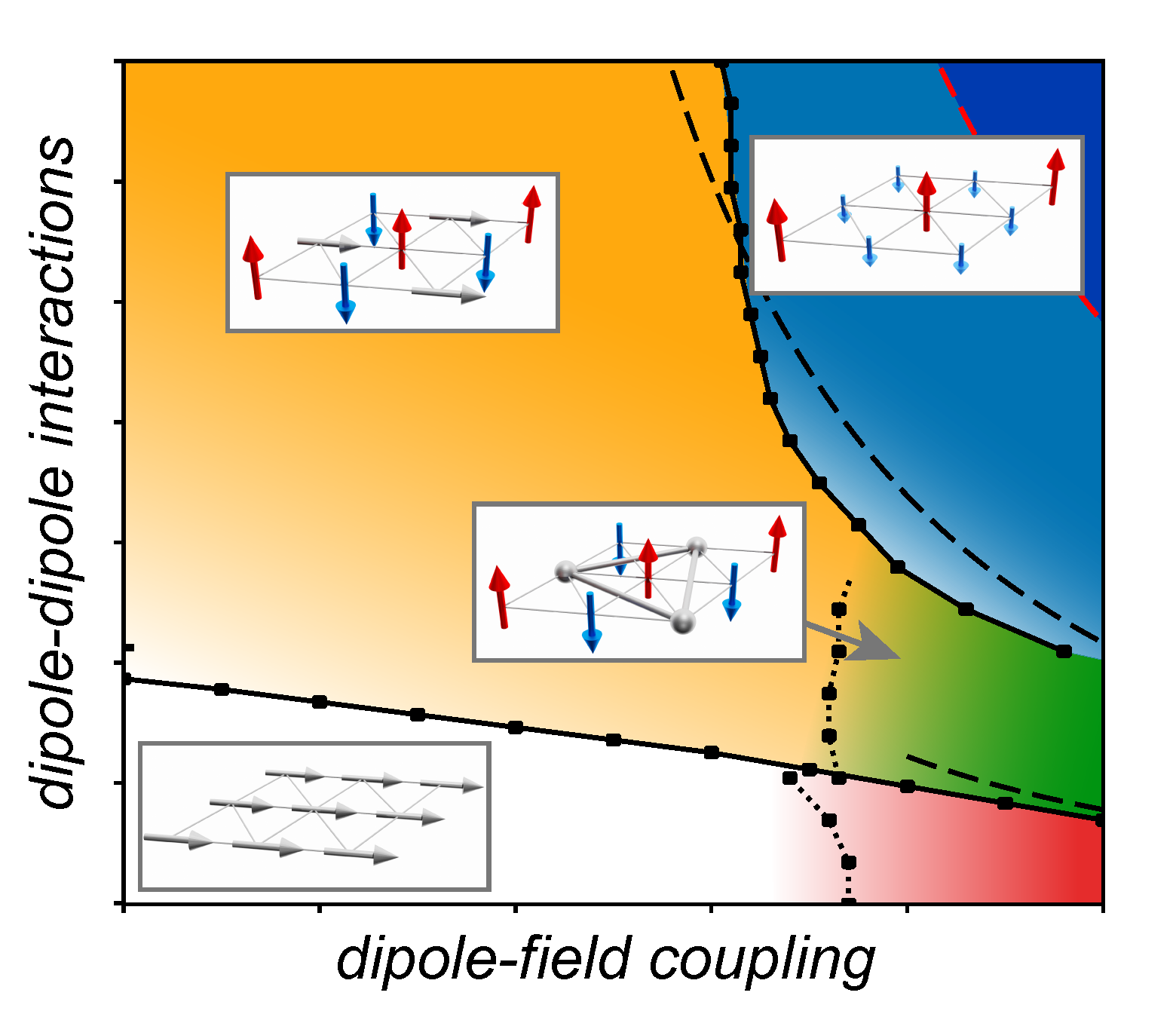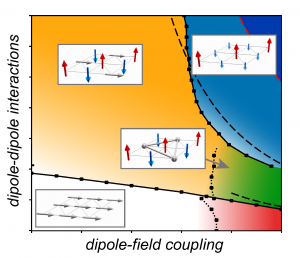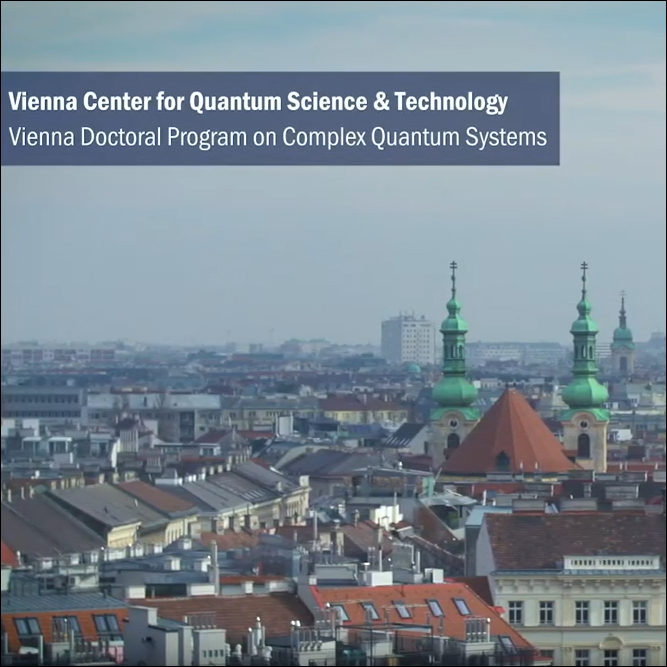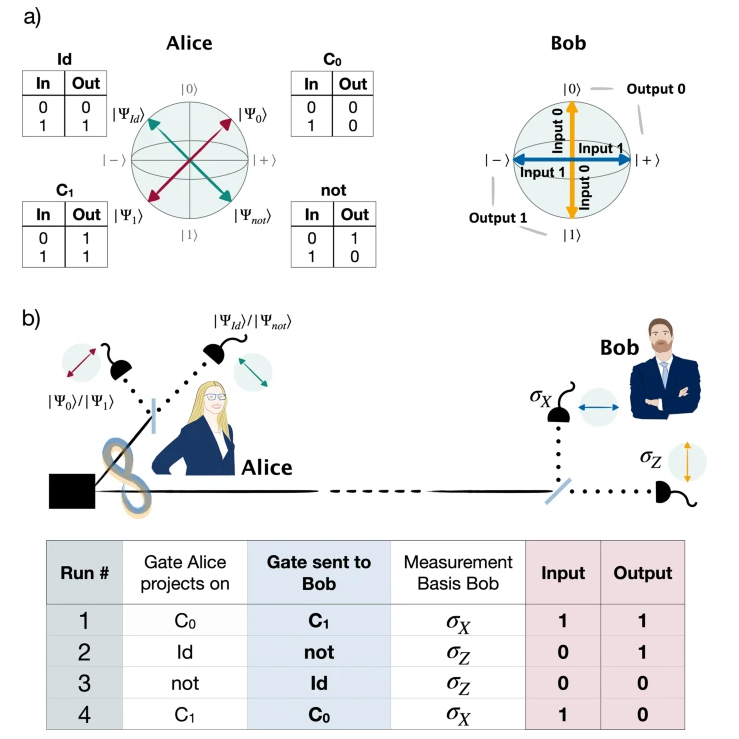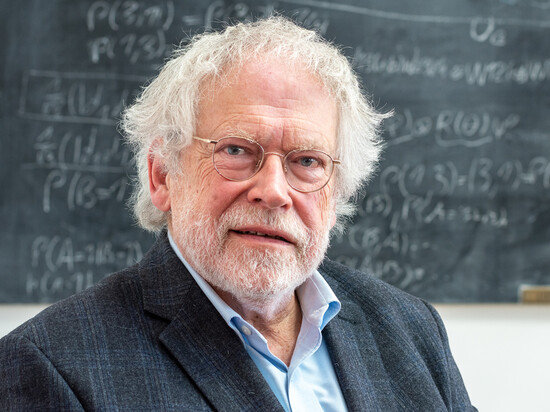Quantum electrodynamics (QED) is the fundamental theory of electromagnetism, which also describes how atoms, molecules and solids interact with the quantized radiation field. The success of this theory and our current very precise understanding of such light-matter interaction processes is rooted in a key feature of the electromagnetic force: it is weak at the quantum level. This property allows us to model and interpret the coupling of atoms and fields in terms of well-defined electromagnetic excitations, the photons, which are emitted and absorbed by matter in discrete units. As a consequence, the vacuum of QED, which is the state with the lowest energy in this theory, is very simple: All the atoms are deexcited and there are no photons.
For a long time it has been speculated that this general picture could break down when atoms or other particles are coupled to a single electromagnetic mode that is confined to a very small region in space (“cavity QED”). This confinement drastically increases the atom-field coupling strength compared to that of free space. In the early 1970s it has first been predicted that under such conditions a new, so-called ‘superradiant’ vacuum state with a large number of photons can emerge. This counterintuitive and very surprising result immediately sparked a controversial scientific debate and in many follow-up studies alternating claims about the existence and the non-existence of this new vacuum phase have been made. But until today no consent about this topic has been reached.
In a recent publication in SciPost Physics, researchers from the TU Wien and the University of Innsbruck present a first exact numerical study of the vacuum phases in cavity QED. These calculations, carried out on Austria’s most powerful supercomputer, the Vienna Scientific Cluster, definitely confirm the existence the superradiant phase. However, the study also shows that this state is not as spectacular as initially thought and can be simply reinterpreted as a modified ferroelectric phase. To the surprise of the authors, at even higher coupling strengths several completely new vacuum configurations appeared, which were unknown before and, intuitively, shouldn’t even exist. Therefore, while closing one debate, these numerical findings show that our current understanding of light-matter interactions in this ultrastrong coupling regime must be completely rethought. Beyond a purely scientifc interest, these insights can be important for various future applications, ranging from vacuum-assisted chemical reactions to quantum technologies based on ultrastrongly coupled superconducting circuits.
- PUBLICATION
- MORE INFORMATION
M. Schuler, D. De Bernardis, A. M. Läuchli, & P. Rabl;
The Vacua of Dipolar Cavity Quantum Electrodynamics
SciPost Phys. 9, 066 (2020).

